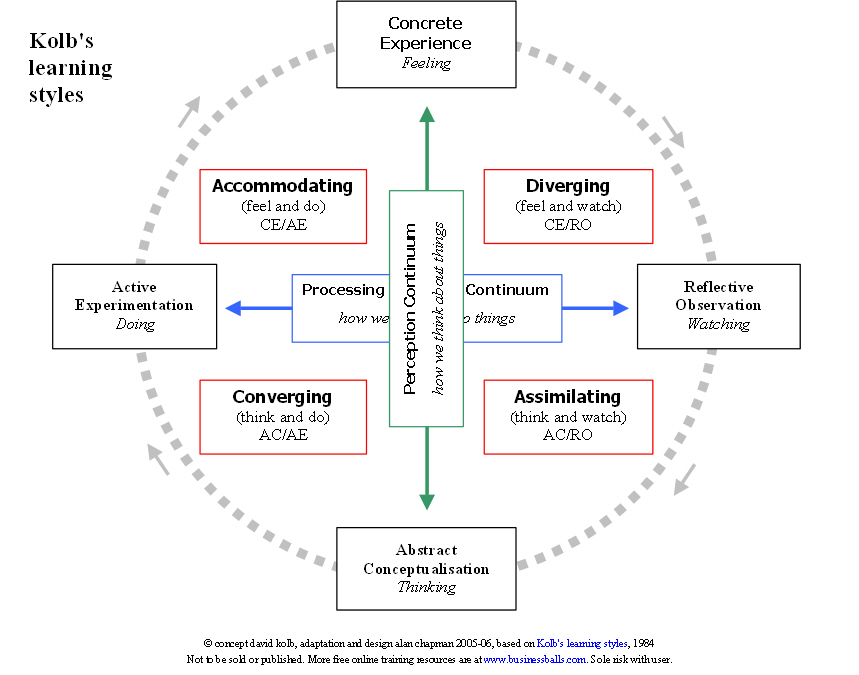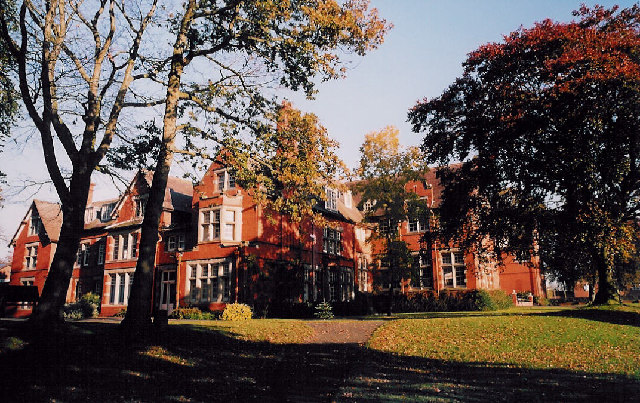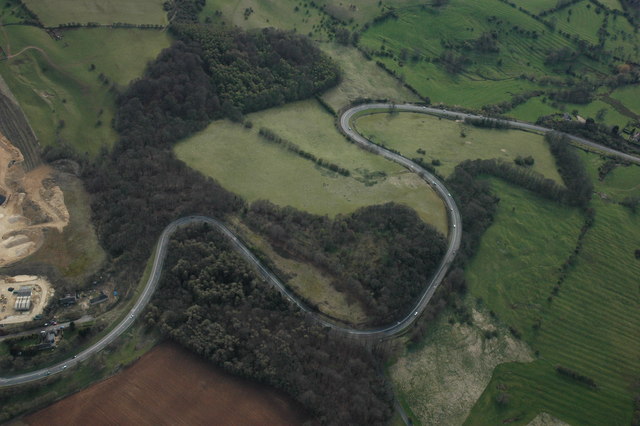In ancient shadows
Well last week in November been and gone! Have spent an interesting week working in Ely and refining the Haverhill Online Learning Community(HOLC). The poor camera phone photograph shows the view from the window towards the cathedral (better images can be seen on this Google Search). Ely Cathedral is a successor to the original buildings recorded in 673 AD. These were founded by St Etheldreda who was a daughter of King Anna of East Anglia. Thus the site of worship and learning pre-dates the founding of the English State.
Ancient learning is further emphasised in the city (city in the old sense that it has a cathedral) with the King's School Ely founded in 970 AD turning such old boys out as Edward the Confessor, the patron Saint of England before the popular symbol of St George took over fully in the 1300s.
Ely has had it's rebels in the past. Hereward the Wake who opposed the Normans taking over and whom some think was the basis for Robin Hood legend, used the fen (wet) lands around the Isle of Ely to avoid capture . The other rebel of note who left an indelible mark on British History was Oliver Cromwell. Oliver Cromwell lived in the city for 10 years prior to turning the English Parliament on it's head and creating a republic that lasted for about 13 years. Ely has had a lot of influence on shaping what we now call the United Kingdom of Great Britain and Ireland over the last 1300 years!
Side step into history over and back to task! The Reflection for the week! Have continued to use what I have learnt from the OFLC (Online Faculty Learning Community) of Bank Street College New York to develop our own local Online Learning Community. We have incorporated a SlideSpeech generated presentation as a link on the homepage of HOLC. There have been many emails off to various different people and have received some very positive replies. We have contacted the makers of StudyRoom (as used by edX and Coursera) and have been granted a private room in principle for HOLC for which we are very grateful. Hopefully this should be set up and being used by the New Year!
Coding has started to be be looked at again but not to the stage where I can upload anything yet to the OFLC. Getting excited though at the possibilities as I delve further into the coding. Want to get a Raspberry Pi and programme in Python on this platform, may even be able to run Chrome OS on it as well will have to look into this? Really cheap basic access for less than £40 (with appropriate accessories).
So next week continue programming with course. Gather collaborators for HOLC locally and further a field. Have an idea of trying to get U3A members in Haverhill involved in Local History projects, the Church Crawlers and Historians, Digital Camera Group, Garden Group and Art Group. Already put the information out to local members so will see what happens. Contact the myriad of local groups and charities (even our county council libraries are being run by a charitable trust on behalf of the council) and present the case for peer to peer learning!
Couple of more weeks of potentially travelling to Ely until the end of the school session. I have a good journey along picturesque country roads. The only major "traffic jam" is waiting for the race horses to cross the Fordham Road from Exning (village where St Etheldreda was born, link back to first part of the reflection, knew I'd be able to get it in somewhere) as they go out to exercise on the gallops! Very pleasant to watch as they come of the mist!
Ancient learning is further emphasised in the city (city in the old sense that it has a cathedral) with the King's School Ely founded in 970 AD turning such old boys out as Edward the Confessor, the patron Saint of England before the popular symbol of St George took over fully in the 1300s.
Ely has had it's rebels in the past. Hereward the Wake who opposed the Normans taking over and whom some think was the basis for Robin Hood legend, used the fen (wet) lands around the Isle of Ely to avoid capture . The other rebel of note who left an indelible mark on British History was Oliver Cromwell. Oliver Cromwell lived in the city for 10 years prior to turning the English Parliament on it's head and creating a republic that lasted for about 13 years. Ely has had a lot of influence on shaping what we now call the United Kingdom of Great Britain and Ireland over the last 1300 years!
Side step into history over and back to task! The Reflection for the week! Have continued to use what I have learnt from the OFLC (Online Faculty Learning Community) of Bank Street College New York to develop our own local Online Learning Community. We have incorporated a SlideSpeech generated presentation as a link on the homepage of HOLC. There have been many emails off to various different people and have received some very positive replies. We have contacted the makers of StudyRoom (as used by edX and Coursera) and have been granted a private room in principle for HOLC for which we are very grateful. Hopefully this should be set up and being used by the New Year!
Coding has started to be be looked at again but not to the stage where I can upload anything yet to the OFLC. Getting excited though at the possibilities as I delve further into the coding. Want to get a Raspberry Pi and programme in Python on this platform, may even be able to run Chrome OS on it as well will have to look into this? Really cheap basic access for less than £40 (with appropriate accessories).
So next week continue programming with course. Gather collaborators for HOLC locally and further a field. Have an idea of trying to get U3A members in Haverhill involved in Local History projects, the Church Crawlers and Historians, Digital Camera Group, Garden Group and Art Group. Already put the information out to local members so will see what happens. Contact the myriad of local groups and charities (even our county council libraries are being run by a charitable trust on behalf of the council) and present the case for peer to peer learning!
Couple of more weeks of potentially travelling to Ely until the end of the school session. I have a good journey along picturesque country roads. The only major "traffic jam" is waiting for the race horses to cross the Fordham Road from Exning (village where St Etheldreda was born, link back to first part of the reflection, knew I'd be able to get it in somewhere) as they go out to exercise on the gallops! Very pleasant to watch as they come of the mist!














